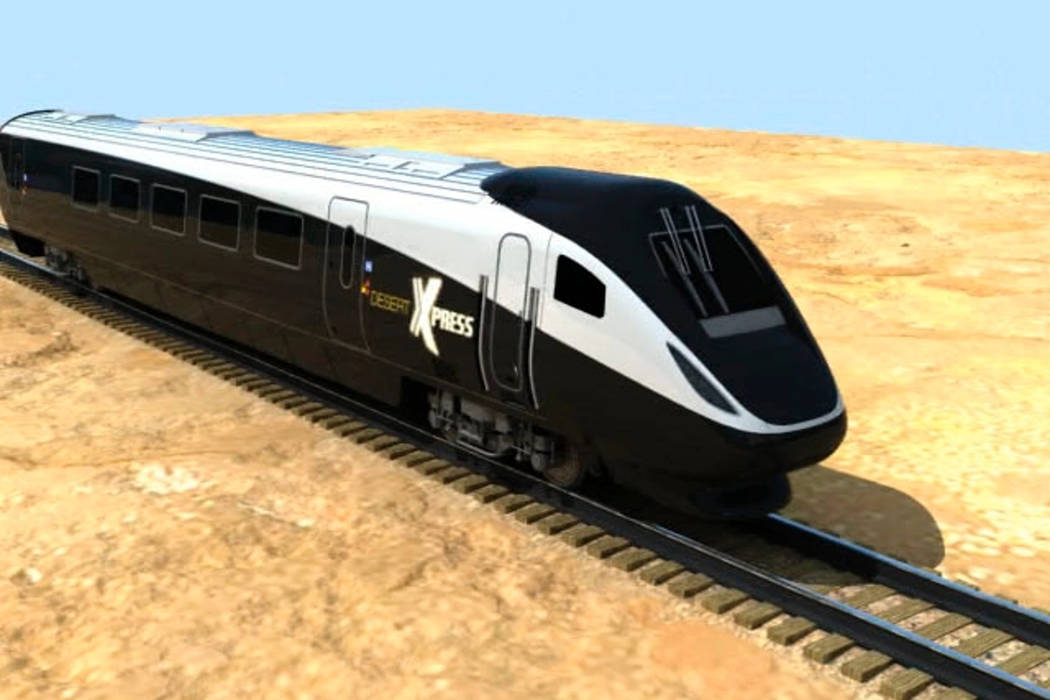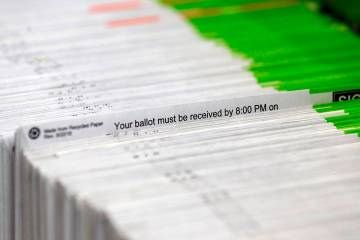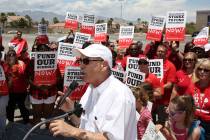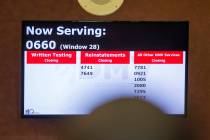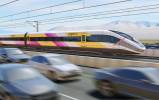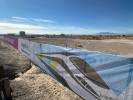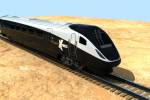COMMENTARY: The siren song of light rail
The American Society of Civil Engineers gave the nation’s infrastructure a D+ rating in its most recent report. The group estimates it will cost $3.6 trillion to bring it up to a grade of B by 2020.
Despite the fact that barely half of the necessary funds have been committed to make much-needed improvements to roads, energy infrastructure and schools, far too many politicians insist on blowing money on wasteful legacy building. High-speed rail comes to mind.
As Reason.com reports, a proposal to build a maglev train between Baltimore and Washington, D.C., took a step forward last week. The projected cost is between $10 billion and $15 billion. Given that those two cities are a mere 35 miles apart, that works out to $420 million per mile — and that’s if the project stays on budget, which, given the consistent track record of other grandiose rail proposals across the nation, will never happen.
Reason notes that, according to the American Road &Transportation Builders Association, it costs about $10 million — or $410 million less — per mile to build a four-lane highway through a suburban or urban area. The cost of simply building the train could also fund both the Washington Metropolitan Area Transit Authority’s buses and subway systems, as well as the Maryland Transit Administration’s subway, light-rail and the train system between Baltimore and D.C., through 2024 without taxpayers or riders having to shell out a single dime. And that doesn’t even figure in the cost to operate or maintain the train.
Of course, costs are only one of the factors that make public high-speed rail projects a black hole for taxpayers. Ridership projections are routinely fudged in order to gin up support for these endeavors. And rail projects are often rife with delays — delays that, you guessed it, also further drive up costs.
In California, for example, voters approved $9 billion in funding for a high-speed rail line in 2008. The project promised to transport passengers between San Francisco and Los Angeles in fewer than three hours. As the Orange Country Register points out, however, not only is the construction of the initial segment of the railway seven years behind schedule, but it still has at least another two years to go. The rail authority recently admitted that the segment is now $1.7 billion over budget, and federal officials estimate that the project will be $50 billion over budget when all is said and done.
While the idea of sleek trains zooming between cities might sound futuristic, a rational cost-benefit analysis would reveal that taxpayers are usually the losers in such schemes. If private investors seek to build light rail, good for them. But governments would be wise to direct infrastructure funds into more traditional projects that will actually pay dividends.



